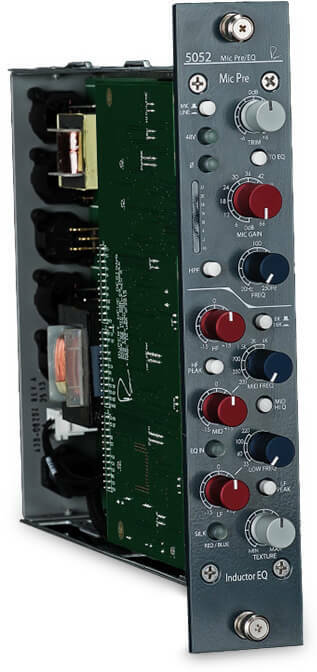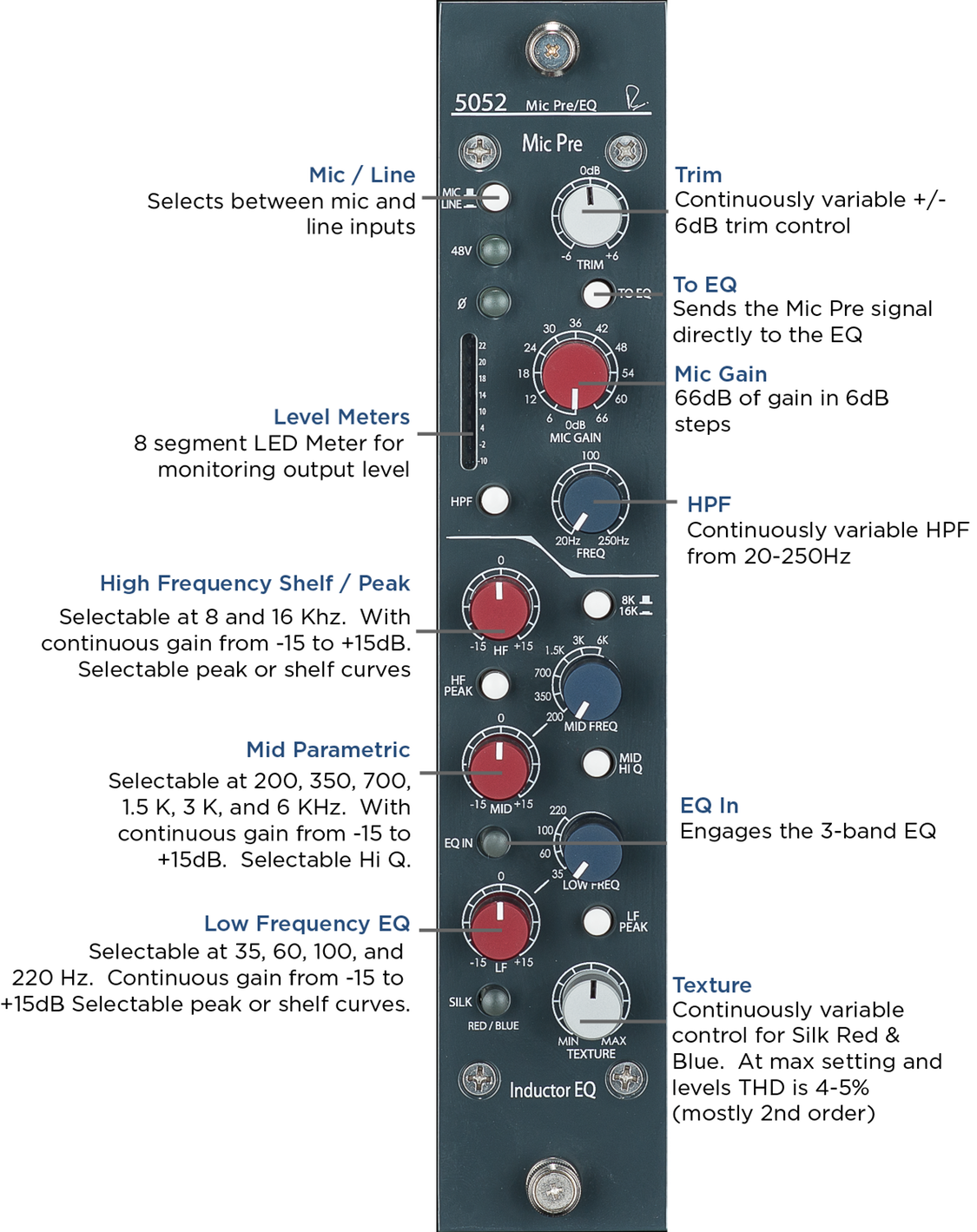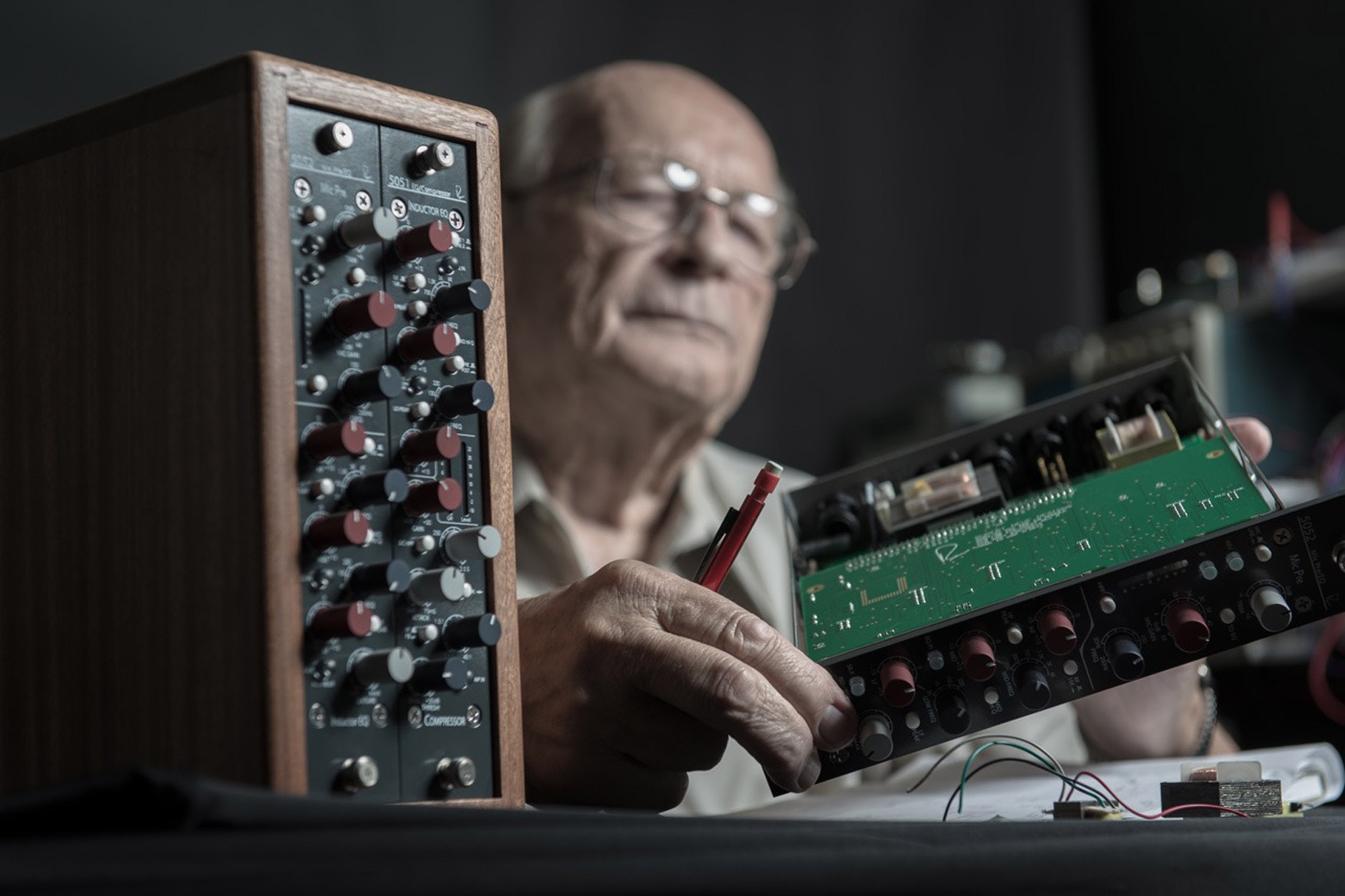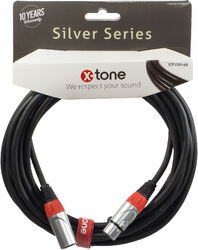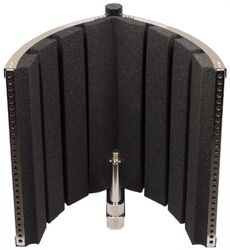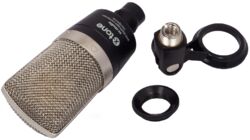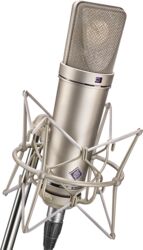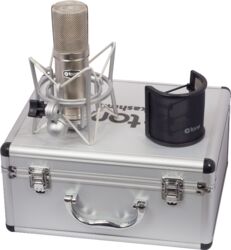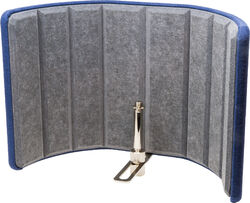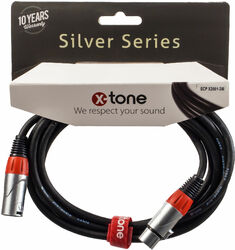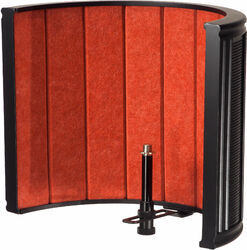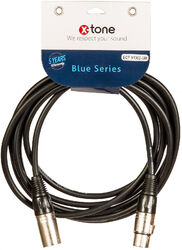Uw mand
Rupert neve design Shelford 5052
- Lees recensies (0)
- Gerelateerde accessoires
- Vergelijkbare producten
VIDEO
VIDEO
- Gratis bezorging
- Gegarandeerd lage prijzen
- Tevreden of terugbetaald
- 3 jaar garantie
Op dit moment niet beschikbaar
neem contact op met ons
Voorraad in de winkel
Niet verkrijgbaar in de winkel
INFORMEER MIJ OVER HAAR BINNENKOMST OP VOORRAAD
Ik wil per e-mail op de hoogte worden gehouden
Go
Variatie(s) van dit product.
Het merk Rupert neve design
Leer meer over het merk Rupert neve design en ontdek de volledige catalogus.
Het grootste netwerk van winkels in Frankrijk
Vind alle informatie over onze superstores en onze gespecialiseerde boetieks.
Neem contact op met een deskundige
Onze muzikanten en enthousiaste teleconsulenten staan ??klaar om al je vragen te beantwoorden.
Voorversterker
The Shelford 5052 echoes the simple and definitive 1073 feature set with a vertically-oriented mic pre, high pass filter, and 3-band inductor EQ, while also incorporating modern capabilities like the variable Silk / Texture control from the Portico II Series and simultaneous pre / post “tape” operation. Utilizing class-A, discrete, +/- 24V topologies with custom-wound transformers and inductors, Rupert Neve designed the 5052 as a vintage-style channel strip that captures the soul of his classic designs, without the previous compromises.
The Mic Pre
Like Rupert’s designs from his time in Shelford, the 5052 preamplifier has 72dB of discrete, class-A gain coupled with serious square-core transformers. Unlike the classics however, the output transformer features the Silk Red / Blue and Texture controls from the Portico II Series to hone the harmonic content and tonality of the output stage.
By engaging these controls and sufficiently driving the output, the 5052 can produce up to 4-5% THD (primarily 2nd order, some 3rd order), bringing a richness and thickness to tracks when desired with no danger of overloading the output stage. With Silk disengaged, the output is modern and pristine, yet still retains Rupert’s signature larger-than-life transformer sound. The mic pre section also includes a sweepable 20-250Hz high-pass filter, Mic / Line selection, 48V phantom power, and polarity reverse.
Dual I/O Paths
Following the preamplifier, the 5052 has a transformer-coupled output, which allows the 5052 to feed a tape machine or DAW directly from the mic pre while still using the EQ and Silk / Texture in a dedicated analogue mix path such as that found with a 5088, 5060 or vintage console. This output can also be used to insert a separate compressor between the mic pre and the EQ, or it can allow the 5052 to work with two separate sources. When the “TO EQ” button is engaged, the mic pre signal is routed directly into the EQ such that the mic / line input signal flows through to the main output as a single channel strip.
The “best of the classics” EQ
The 3-band, custom-tapped inductor EQ on the 5052 was inspired by RND’s favorite portions of Rupert’s vintage EQ designs. The low frequency band is primarily based on the 1064, which is renowned for its creamy, resonant bass. Unlike the 1064 however, the LF band on the 5052 can be used as either a shelf or a peak filter, adding punch, dimension, and immense control to your low end. The 5052’s inductor midrange band is based on his prized 1073 EQ, which is ideal for sweetening vocals and instruments while bringing them forward in a mix.
Additionally, the mid frequency band’s proportional “Q” response makes it well-suited for minimizing problematic frequencies in a source. The 5052’s high frequency band is a hybrid vintage / modern design, blending inductor circuitry from the 1073 with capacitor-based topologies to achieve the vintage tones with enhanced control. As Rupert originally intended with his most prized classic designs, each EQ section uses low-feedback, class-A discrete electronics to prevent low-level artifacts and harshness from detracting from the tonal shaping. The EQ circuit itself, however, is a decidedly modern updated design using techniques and components that were simply not available 35 years ago, and should not be considered a “clone”.
Power, Connections and Mounting
The 5052 receives +/- 24V rails from an external DC power supply using a 4-pin connection. There are currently two options available: the RND 5-way brick supply and the RND 25-way 2U rack-mount supply. The back panel of the 5052 includes three XLR-F connections for Mic In, Line In, and EQ In, and two XLR-M connections for Mic Out and Main Out. The 5052 chassis is a “half-rack” format, and can be mounted in RND’s new 2 –way and 4-way vertical racks in addition to the existing 9-way racks and the 5088 penthouse.
The Mic Pre
Like Rupert’s designs from his time in Shelford, the 5052 preamplifier has 72dB of discrete, class-A gain coupled with serious square-core transformers. Unlike the classics however, the output transformer features the Silk Red / Blue and Texture controls from the Portico II Series to hone the harmonic content and tonality of the output stage.
By engaging these controls and sufficiently driving the output, the 5052 can produce up to 4-5% THD (primarily 2nd order, some 3rd order), bringing a richness and thickness to tracks when desired with no danger of overloading the output stage. With Silk disengaged, the output is modern and pristine, yet still retains Rupert’s signature larger-than-life transformer sound. The mic pre section also includes a sweepable 20-250Hz high-pass filter, Mic / Line selection, 48V phantom power, and polarity reverse.
Dual I/O Paths
Following the preamplifier, the 5052 has a transformer-coupled output, which allows the 5052 to feed a tape machine or DAW directly from the mic pre while still using the EQ and Silk / Texture in a dedicated analogue mix path such as that found with a 5088, 5060 or vintage console. This output can also be used to insert a separate compressor between the mic pre and the EQ, or it can allow the 5052 to work with two separate sources. When the “TO EQ” button is engaged, the mic pre signal is routed directly into the EQ such that the mic / line input signal flows through to the main output as a single channel strip.
The “best of the classics” EQ
The 3-band, custom-tapped inductor EQ on the 5052 was inspired by RND’s favorite portions of Rupert’s vintage EQ designs. The low frequency band is primarily based on the 1064, which is renowned for its creamy, resonant bass. Unlike the 1064 however, the LF band on the 5052 can be used as either a shelf or a peak filter, adding punch, dimension, and immense control to your low end. The 5052’s inductor midrange band is based on his prized 1073 EQ, which is ideal for sweetening vocals and instruments while bringing them forward in a mix.
Additionally, the mid frequency band’s proportional “Q” response makes it well-suited for minimizing problematic frequencies in a source. The 5052’s high frequency band is a hybrid vintage / modern design, blending inductor circuitry from the 1073 with capacitor-based topologies to achieve the vintage tones with enhanced control. As Rupert originally intended with his most prized classic designs, each EQ section uses low-feedback, class-A discrete electronics to prevent low-level artifacts and harshness from detracting from the tonal shaping. The EQ circuit itself, however, is a decidedly modern updated design using techniques and components that were simply not available 35 years ago, and should not be considered a “clone”.
Power, Connections and Mounting
The 5052 receives +/- 24V rails from an external DC power supply using a 4-pin connection. There are currently two options available: the RND 5-way brick supply and the RND 25-way 2U rack-mount supply. The back panel of the 5052 includes three XLR-F connections for Mic In, Line In, and EQ In, and two XLR-M connections for Mic Out and Main Out. The 5052 chassis is a “half-rack” format, and can be mounted in RND’s new 2 –way and 4-way vertical racks in addition to the existing 9-way racks and the 5088 penthouse.
Lire la suite
Technische Specificities
- Soort voorversterker Transistor
- MIC PREAMP
- NOISE
- Un-weighted, 22 Hz - 22 kHz, source impedance 150 Ohm balanced.
- Mic Pre Out @ unity gain: Better than -102 dBV
- Main Out @ unity gain: Better than -103 dBV
- With gain @ +66 dB: Better than -60 dBV
- Equivalent Input Noise: Better than -126 dB
- Gain Unity: up to +66 dB in 6 dB steps followed by a +/- 6 dB trim
- LINE INPUT
- Gain +/- 6 dB continuously adjustable
- MIC PRE OUTPUT
- Un-weighted, 22 Hz - 22 kHz, source impedance 40 Ohm balanced.
- No load: Via line input with 40 Ohm source impedance
- NOISE
- Better than -102 dBV
- FREQUENCY RESPONSE
- +/- 0.1 dBu from 10 Hz to 31.5 kHz
- -2.6 dB @ 120 kHz
- MAXIMUM OUTPUT LEVEL
- 25 dBu
- TOTAL HARMONIC DISTORTION AND NOISE
- @ 1 kHz, +20 dBu output level, no load: Better than 0.002%
- @ 20 Hz, +20 dBu output level, no load: 0.25% Typical (2nd and 3rd harmonic)
- MAIN OUTPUT
- Measured via line input.
- NOISE
- Un-weighted, 22Hz - 22kHz, source impedance 40 Ohm balanced.
- No load: Better than -102 dBV
- FREQUENCY RESPONSE
- +/- 0.1 dBu from 10 Hz to 40 kHz
- -1 dB @ 174 kHz
- MAXIMUM OUTPUT LEVEL
- 25 dBu
- EQ INPUT
- Un-weighted, 22 Hz - 22 kHz, source impedance 40 Ohm balanced.
- No Load: Noise Better than -105 dBV
- FREQUENCY RESPONSE
- +/- 0.1 dBu from 10 Hz to 40 kHz
- -1 dB @ 174 kHz
- MAXIMUM OUTPUT LEVEL
- 26 dBu
- HIGH PASS FILTER
- Continuously variable swept frequency from 20 Hz to 250 Hz.
- Slope: 12 dB/Octave
- EQUALISER ENGAGED
- NOISE
- Un-weighted, 22 Hz-22 kHz, source impedance 40 Ohm balanced.
- No load: Better than -95 dBV
- MAXIMUM OUTPUT LEVEL
- 25 dBu
- PHANTOM POWER
- Supplied by internal switching converter, switch selectable on front faceplate
- MAXIMUM INPUT
- From 20 Hz to 20 kHz, +25 dBu
- POWER REQUIREMENTS
- @ +/-24VDC maximum current draw: 0.26A/0.20A
Meer specificaties
Minder specificaties
